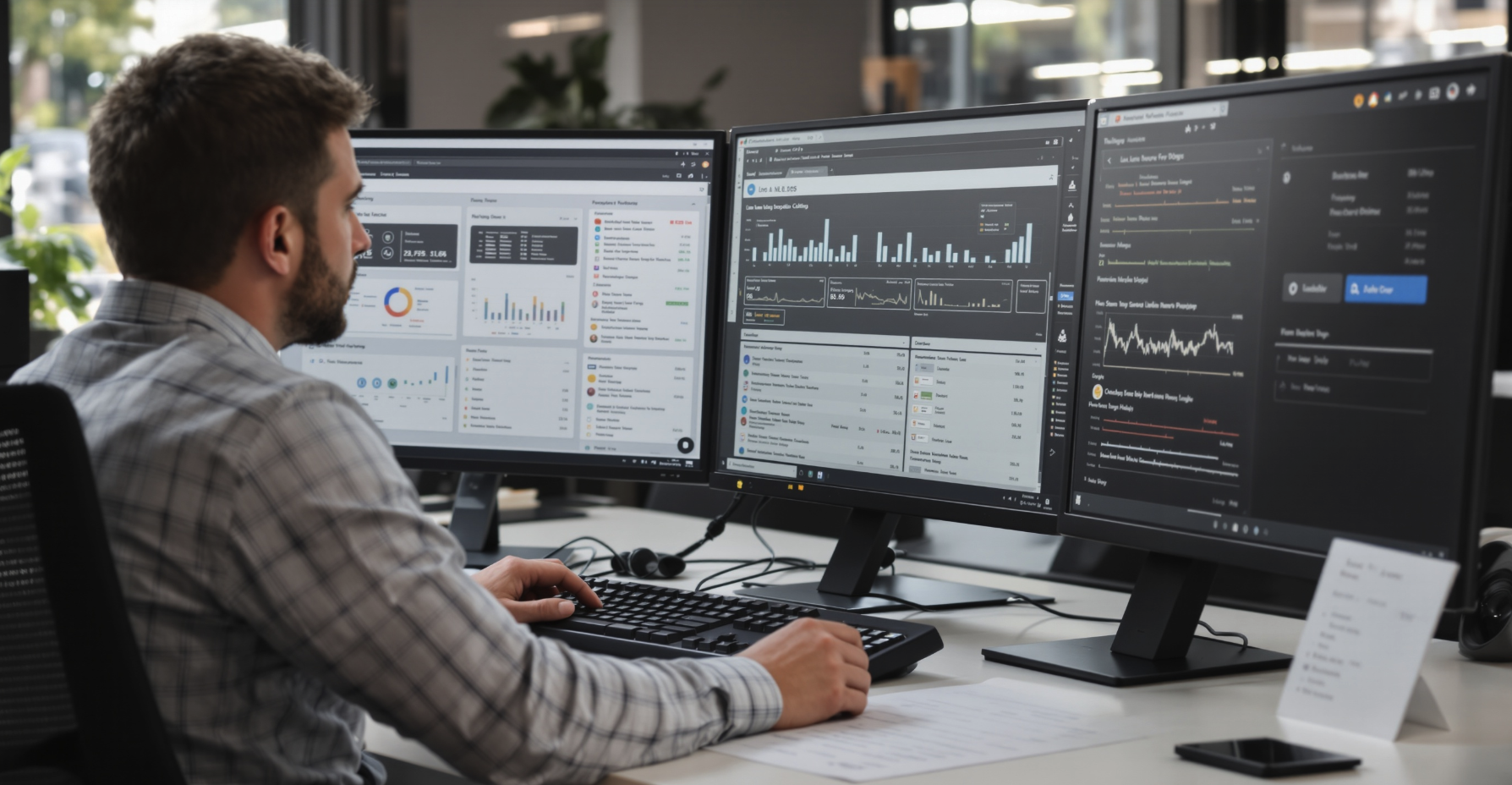
Introduction
Micro-conversions are small, intermediate steps that users take towards completing a desired action, such as signing up for a newsletter or adding an item to their shopping cart. These actions are crucial for businesses as they indicate user engagement and intent. A/B testing is a powerful tool that allows you to optimise your website or app by comparing different versions of a page or element to determine which one performs better.
Why Use A/B Testing for Micro-Conversions?
Step-by-Step Guide to A/B Testing Micro-Conversions
1. Define Your Hypothesis
Start by clearly defining the hypothesis you want to test. For example, "Changing the colour of the newsletter signup button from blue to green will increase signups."
2. Choose a Testing Tool
There are numerous A/B testing tools available, both free and paid. Choose a tool that meets your needs and budget. Some popular options include:
3. Create Your Variations
Create different variations of the element or page you want to test. Ensure that the variations are significantly different to provide meaningful results.
4. Set Up Your Test
Use your chosen testing tool to set up the test. Specify the variations, the duration of the test, and the traffic allocation (percentage of users who will see each variation).
5. Monitor and Analyse Results
Once the test is running, monitor the results regularly. Use statistical analysis to determine if there is a significant difference between the variations.
6. Make Changes
Based on the test results, make changes to your website or app to implement the winning variation.
Best Practices for A/B Testing Micro-Conversions
Specific Tips for Optimising Newsletter Signups
Specific Tips for Optimising Add to Cart Actions
Conclusion
A/B testing is a powerful tool that can help you optimise your website or app for increased micro-conversions. By following the steps and best practices outlined in this article, you can gather valuable data, make informed decisions, and ultimately improve the user experience and drive more conversions. Remember to be patient, iterative, and data-driven in your approach to A/B testing for maximum success.



Discover how fractional COOs can enhance SaaS operations, improve security, and reduce founder dependency in the UK.

Optimising the SaaS sales funnel is essential for growth. Focus on content marketing, personalised engagement, proving product value, seamless onboarding, and building long-term customer relationships.

Effective leadership for startup growth involves setting a clear vision, building strong foundations, fostering innovation, creating high-performing teams, and maintaining a customer-centric approach.